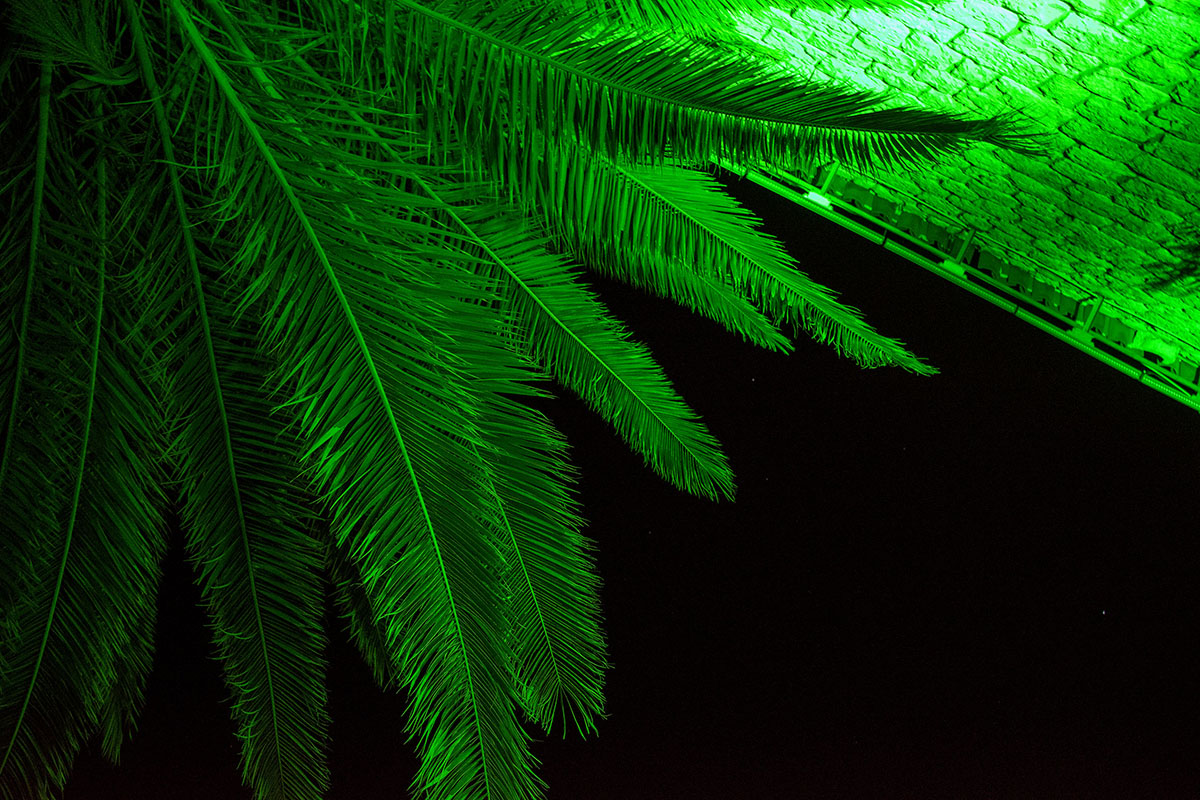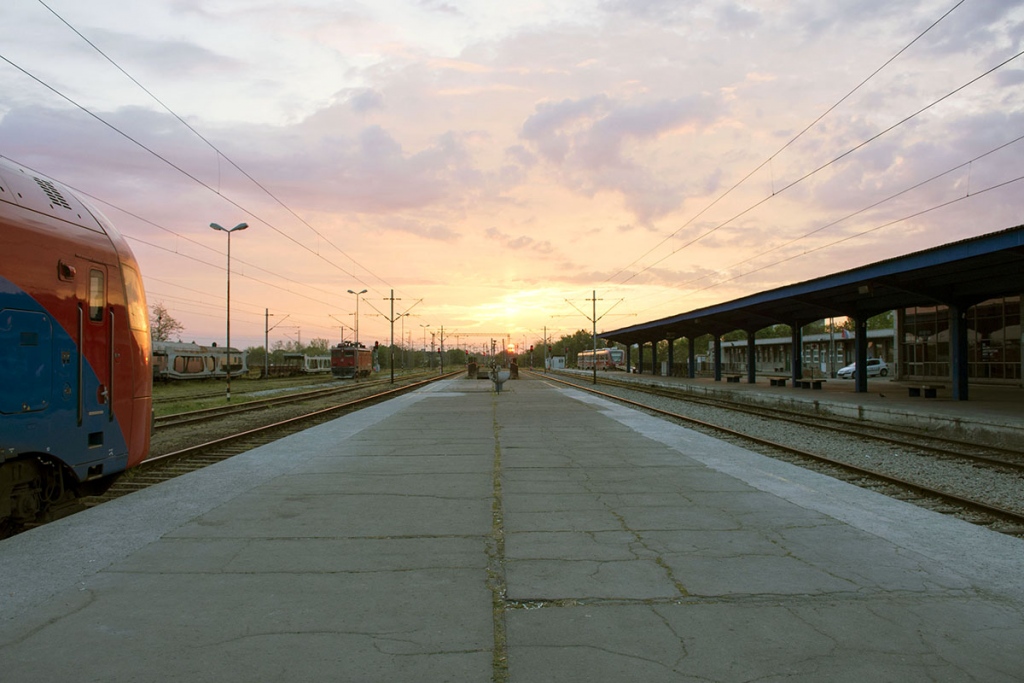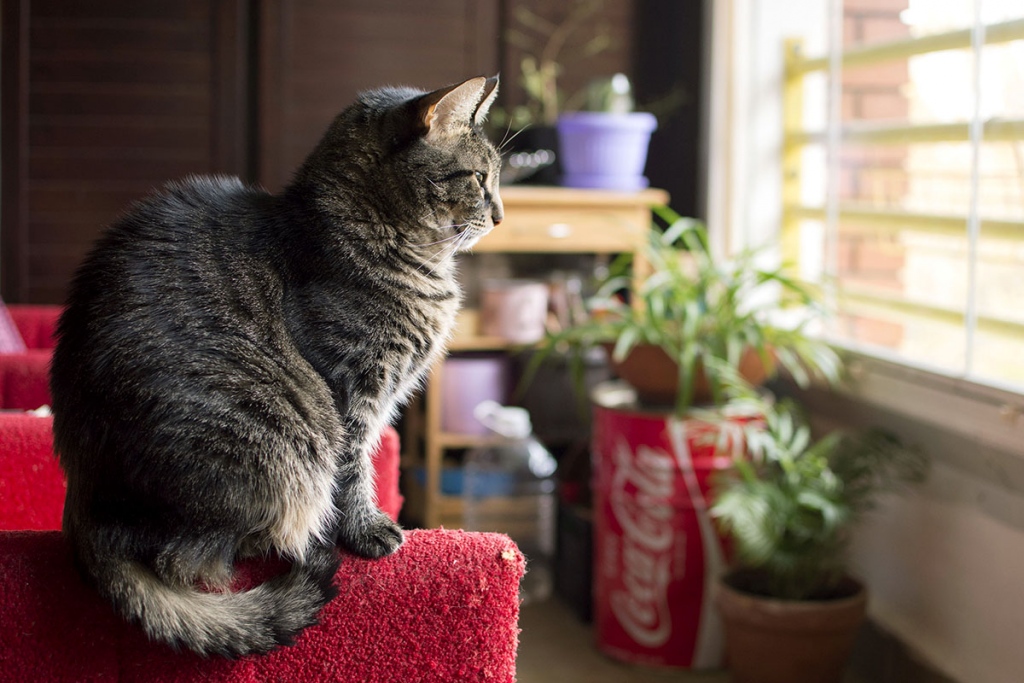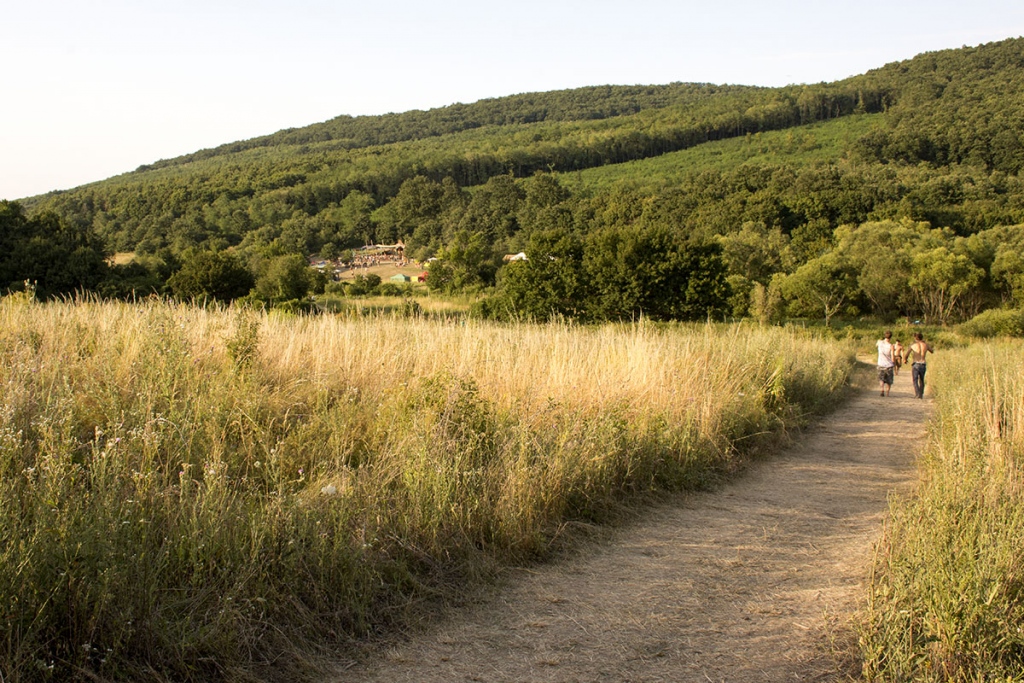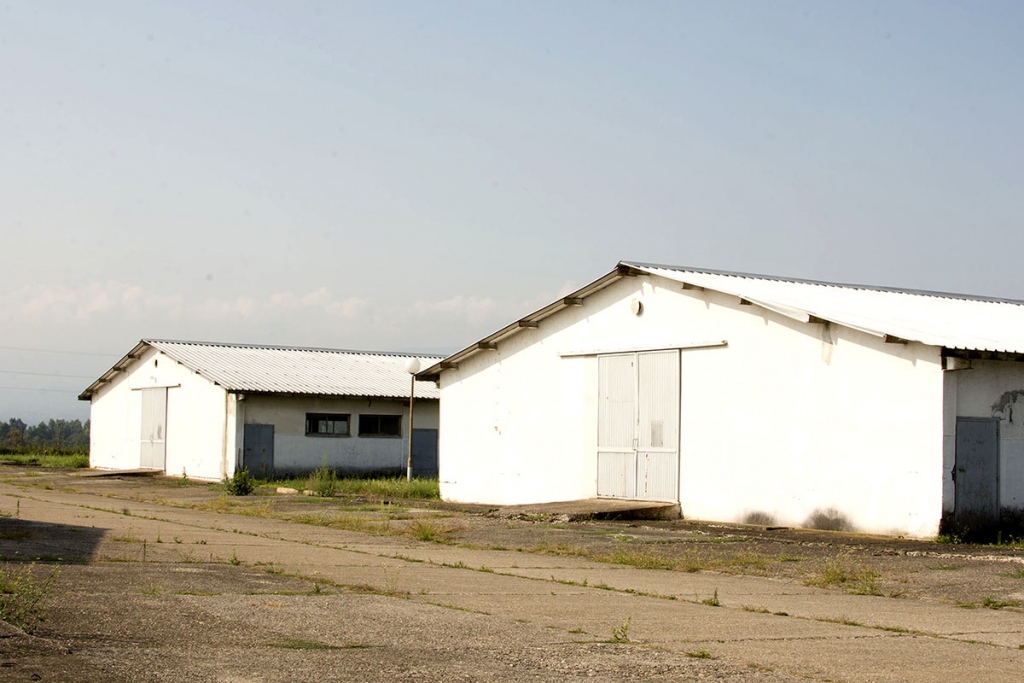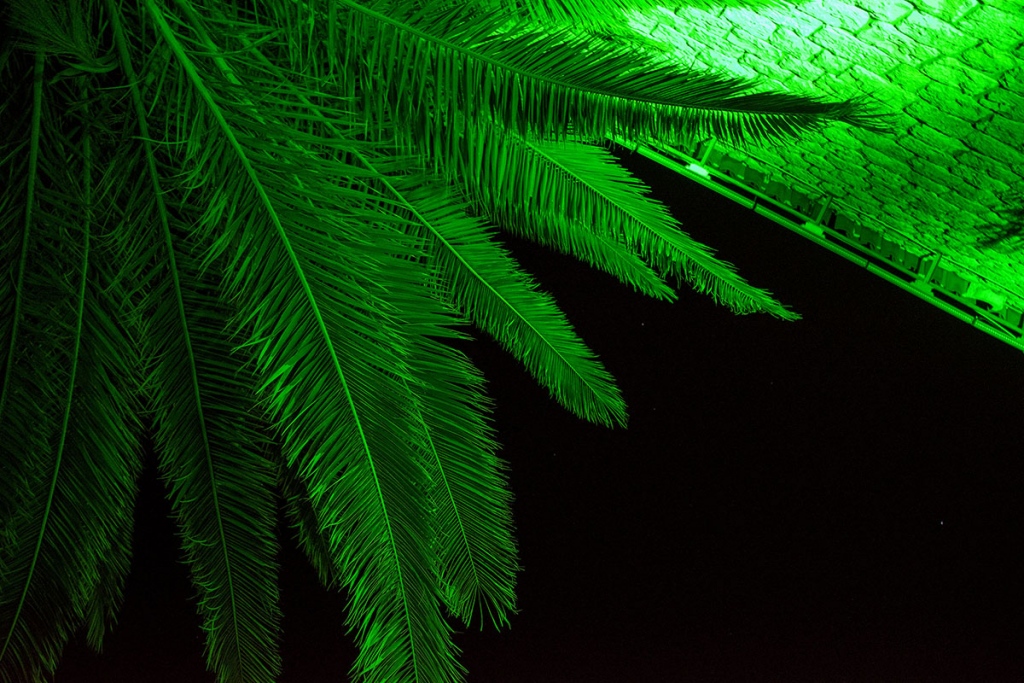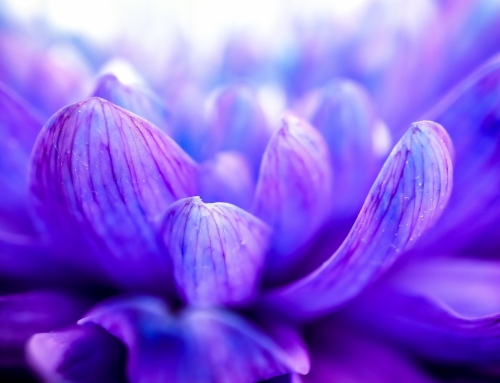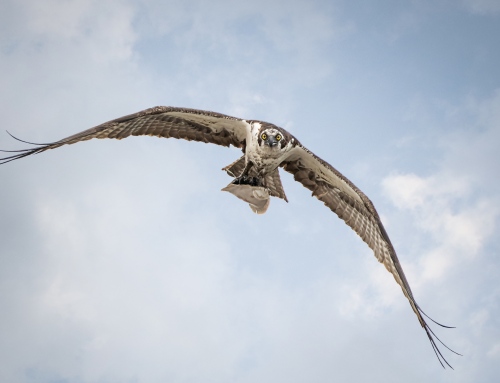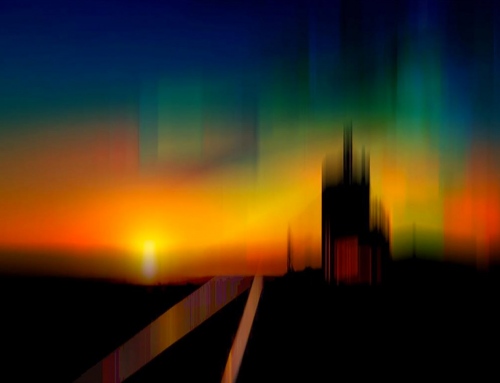Want to kick your photography up a notch, but you’re unsure on which rules to apply? Making sense of all the many “composition” rules can be challenging sometimes, especially if you’re not a theoretic type of person. However, once you get them down, they will make wonders for your artistic expression without you even noticing it. Chances are, you’ve heard about something called the “Gestalt theory”. Gestalt in photography is a very useful tool that will not only make your photos look better, but it will also deepen your understanding of the visual world.
Leading lines create a sense of continuance…
A quick history of Gestalt theory
In the early 20th century, a group of German psychologists developed a set of theories on visual perception. They referred to them as Gestalt principles and used them to describe the human perception of visual information. The origin of the word is, of course, also German. Gestalt simply means shape, form, or the whole. Some experts in the field say that each individual part of an image has its own meaning. When you pull them together, they make a whole, but not necessarily with the same meaning. So when you use the Gestalt approach in your photography, you’re actually structuring these individual parts in one completed image.
Gestalt principles of photography
Visual input is a part of everyday human life. It’s in our nature to try to make sense of the environment that surrounds us. As photographers, it’s our job to present this visual information in a controlled way. That’s how we take charge of what the viewer sees when looking at our photographs.
You can use more than one principle in a single image (continuance & the law of common fate)
Don’t get intimidated by the technical terms, Gestalt is not that hard to understand and you probably know a lot of these principles already. They’re all around us and it’s just a matter of noticing them. Although there are many concepts, the six main principles of Gestalt in photography are figure-ground, similarity, closure, continuance (leading lines), proximity, and the law of common fate. Each principle is unique but fairly simple to understand. For a more detailed description of these principles, check out our Composition series.
The similarity is one of the easiest principles to apply…
Connecting the dots
How do we use the Gestalt approach in photography? We simply pay careful attention to each and every element in front of our lens. What do you see when you look through the viewfinder? Are there any elements missing? Or maybe there’s too much going on? Are you going to stand up or kneel down? All of these questions have to do with Gestalt theory, and you’ll have a much easier time answering them once you apply the theory to real life.
Allow the viewer to draw their own conclusions by playing with closure…
Learn how to arrange elements in your photographs in a way that will draw the viewer in. You will be able to create visually stunning images, just by making a few small changes in your perception. Take control over your composition and you’ll see the results in no time!
